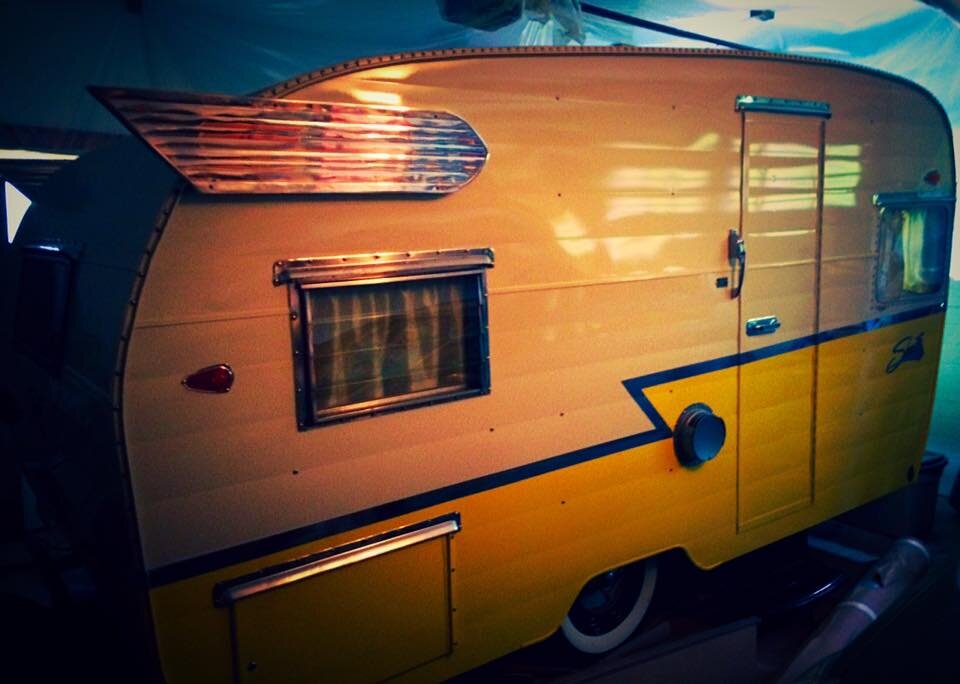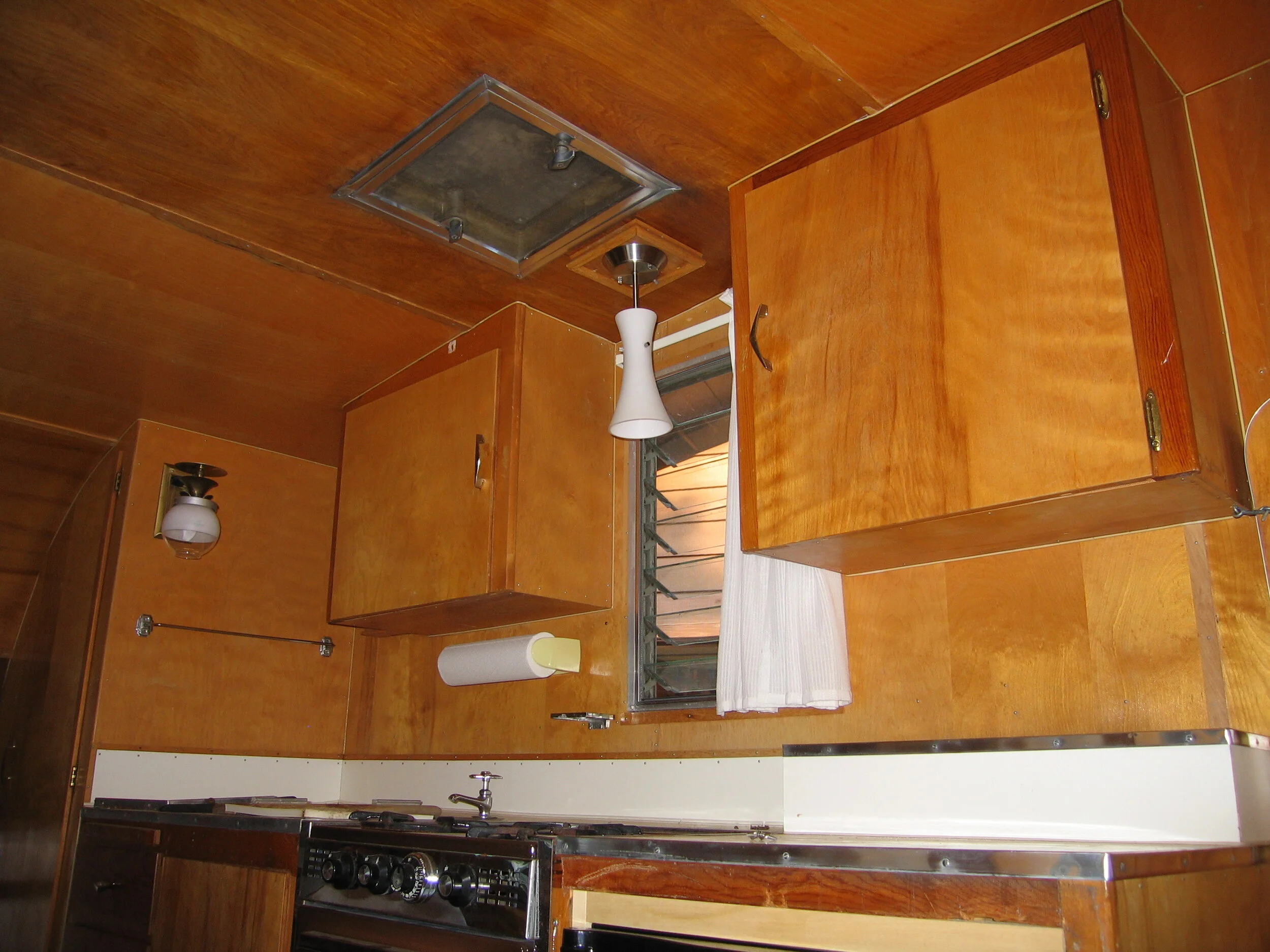Series: What should I know before buying a vintage travel trailer? Part 1
If you appreciate good style and history, a vintage travel trailer might be right up your alley. There are, of course, a few things to think about before you embark on this endeavor. In this article series we’ll talk about the benefits and considerations to weigh as you start shopping for a camper. This first article discusses what’s great about vintage campers, evaluating your goals or purpose for your camper, and certain things that are critical for all vintage travel trailer restorations.
The Good
The vintage camping community is known for its appreciation of detail and style. If it weren’t for the quality craftsmanship and design that went into these old campers, they certainly wouldn’t still have a following today. Vintage travel trailers can offer a unique or classic look that just isn’t available in most contemporary trailers. Also, the reason they are restorable is because they were typically constructed using quality methods and materials.
Before - a vintage Shasta restoration in progress
After - this 1961 Shasta Airflyte has style in spades
The 1964 Shasta SC has a ton of storage space
Another benefit of older trailers is that the builders were quite innovative with their clever use of space. For you, this means lots of storage. With our first vintage camper, the seller told us that they had taken everything out of the 1964 Shasta SC and moved it to their same-size, contemporary camper; but, they were left with a bunch of supplies that no longer fit because of limited storage space in the new camper.
Aside from the good stuff, are there drawbacks or special considerations to think about with vintage travel trailers, too? There are, but if you are realistic about your needs and abilities, these things can be managed.
What’s your goal – how will it be used?
Many owners regularly use their vintage travel trailers for camping
Your needs may be different depending on whether you will be regularly towing and camping in your camper. Some owners use their vintage campers on a more occasional basis -- for display at car shows or trailer rallies, as a guest house, or as a studio/office in their yard. These uses may not require an extensive restoration because the camper won’t typically be facing the rigors of the road on a regular basis.
On the other hand, many owners actually use trailer for regular camping. A camper that will be towed and used frequently will likely need a more complete restoration to make it safe and sturdy enough for frequent use and road travel. Pulling a trailer (of any age) down the road at highway speeds causes a lot of vibration, and your camper should be ready for the challenge.
This Cardinal has new wheels, trailer-rated tires, and hubcaps
Are there certain things that all vintage campers need?
Yes, regardless of how your camper will be used, there are some things all vintage units need. At a minimum, the running gear (axle, wheels, tires, wheel bearings) will need a thorough review and bearings will likely need to be packed with new seals. The camper will also need new, trailer-rated tires if they haven’t been replaced recently. If your trailer prospect already has white walls, ask the seller if they are trailer-rated. More recently, trailer-rated white wall tires have become more widely available, but they are still not as easily found as white walls for passenger cars.
Tip: Unrestored vintage trailers almost always need fabrics replaced, and upholstery is expensive!
Another item that will likely need replacing regardless of your camper’s use is upholstery. Fabrics, whether on furniture or curtains, rarely stand the test of time, especially if your prospect was stored with any type of moisture present in its past life. If you have sewing skills, you could potentially save yourself a bunch of money, otherwise a professional upholstery job can be one of the biggest expenses a vintage travel trailer owner will encounter.
More to come…
The next part of our series will focus on the decision of doing a restoration yourself or hiring out the job. We’ll discuss who you might hire, whether you need a professional specializing in vintage restorations, and whether it’s possible to DIY (do it yourself). For part 2 of this series, click here.







